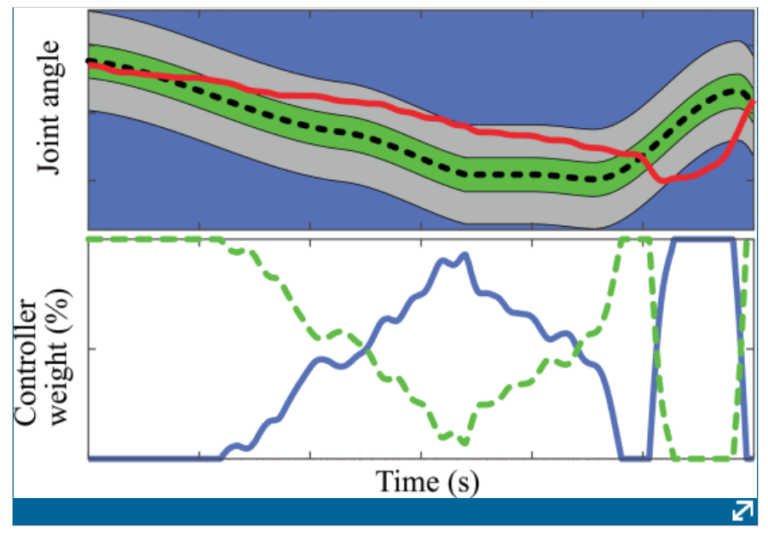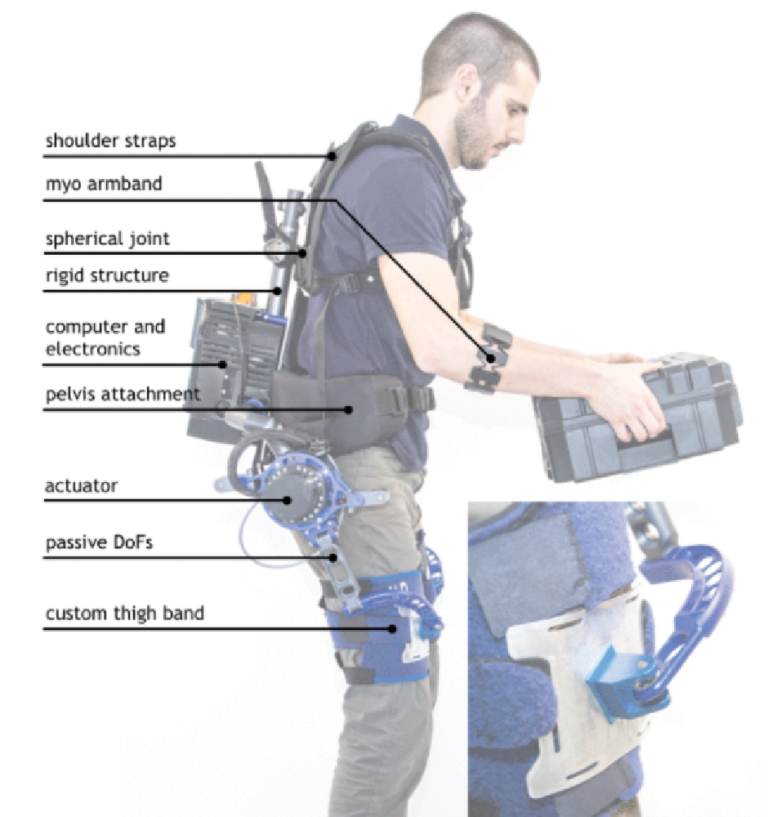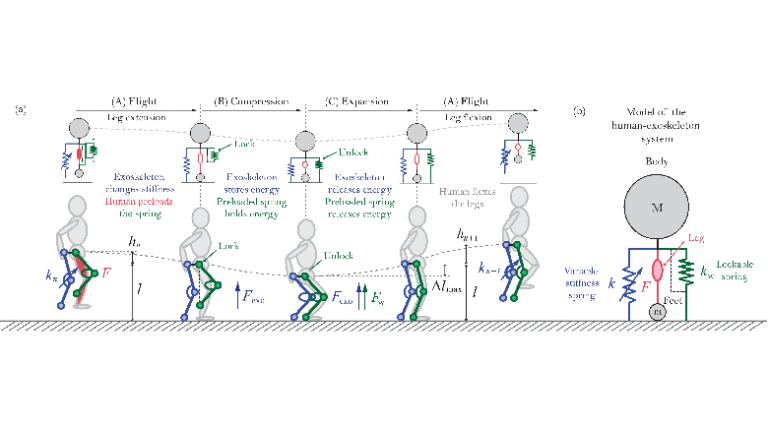Rehabilitation robots are expected to save time, money, and expand access to some physical therapies. Moreover, robots can perform certain actions that human therapists cannot which may open up novel…
read moreMost people with cerebral palsy (CP) suffer from impaired walking ability and pathological gait patterns. Seeking to improve the effectiveness of gait training in this patient population, this study developed…
read moreIn this paper, we present the design, control, and preliminary evaluation of the Symbitron exoskeleton, a lower limb modular exoskeleton developed for people with a spinal cord injury. The mechanical…
read moreShoes were invented to provide user comfort using rubber soles, despite marginal improvement in human mobility. Unlike shoes, current lower-limb exoskeletons use fixed stiffness springs to store and recycle…
read more



